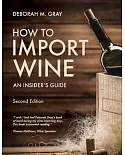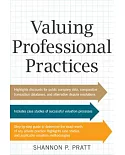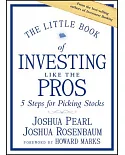Being open and particularly dependent on trade with G2, the Asian economy should have suffered greatly during the Great Recession. Yet, the region has performed remarkably well. The strength of
domestic demand is only a part of the explanation. The other important part is a rising economic integration, featured by, among others, growing intra-Asian trade and trade between Asia and
other emerging market economies. This book argues that this trend is likely to continue even with the G2 recovery, because it can provide better opportunities for a more balanced and
sustainable development. The future intensity and nature of integration, however, depends on how the regional authorities will frame and pursue economic cooperation that has started to
proliferate after the 1997 Asian Financial Crisis. To the extent that the past success of the “Asian miracle” has been driven by unilateral liberalization, and the recent trend of rising
regional integration is more market-driven than institution-driven, unlike in the European case, the goals of regional cooperation should be distinct.The book distills some of the important
facts and provides the analysis of regional integration in Asia. One of the author’s premises is that, regional integration should be viewed in a balanced way: it can provide benefits and
opportunities, but it can also be costly and carry some risks. It is in this context that regional cooperation should be placed. Given the free flows of capital in the current global economic
uncertainty, regional cooperation in the provision of financial safety nets is particularly highlighted.





















